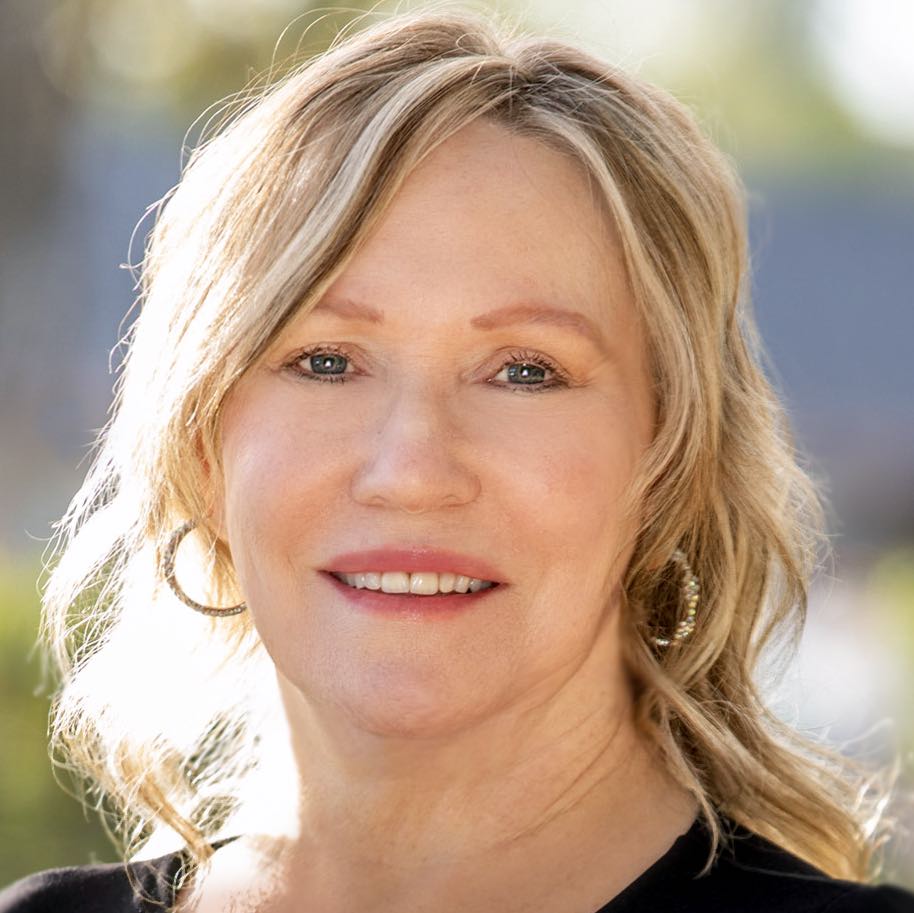2 minutes
Framing can help roll out the right discussion for the decision at hand.
Thoughtful board conversations are a valuable source of organizational knowledge in the boardroom. The challenge is learning how to have a thoughtful conversation rather than the conditioned practice of speaking disparate statements that may or may not link to previously spoken statements by others.
The desired result is having the right conversation in the context of the decision being made. A positive outcome of having the right conversation for the decision is a board that is highly engaged, full of vitality, nourishing and cultivating. Let’s explore a higher-level way to practice sense-making in the boardroom for the sake of deeply exploring the decision framework.
The first step is to acknowledge the dominant type of conversation happening in your boardroom. For example, are your directors primarily asking questions or making statements of an oversight nature (e.g., Why did we pay $120? Should the board be involved in making the decision on the carpet color?)?
Second, are you asking “inquiry” questions? These are often asked in a way that produces an abbreviated answer that does not explore context with any level of material depth (e.g., Why does the bank have a higher CD rate than ours?).
Third, are your statements or questions involved with operations planning? These might address, for example, which department does what, compensation for direct reports to the CEO or the setting of interest rates. If your board has moved beyond oversight, inquiry, and operations planning, you might be in the strategic board framework, evaluating scenarios to address threats or opportunities.
Yet, there is an even higher level of conversation that needs to happen. Good governance requires that boards are brought into conversations or deliberations early enough to make a meaningful difference. This quality of conversation is somewhat ambiguous and a bit messy because multiple perspectives and interpretations emerge and board members are required to deeply listen and respond to each other. Getting these different perspectives and interpretations on the table is called “framing.”
Boards that explicitly practice framing make more meaningful decisions because multiple perspectives are shared early in the decision cycle. When a board spends time framing an issue, challenge or opportunity, more value is created—as it is better able to make sense of data, filter nonessential information and expand its ability to gain knowledge. If you are an oversight, inquiry, or operations planning board, you may be entering into necessary conversations and deliberations too late to add consequential value.
How is framing practiced? I venture to say that you are already practicing some degree of framing. Your technology expert has a certain frame, just as your HR and accounting experts have a perspective. The dilemma is that most board members, at least 50 percent, just listen to others talk and do not venture an opinion or ask questions for clarification. What happens is a decision is made with minimal valuable input from all board members. When each board member contributes value—his or her perspective—to the conversation, the entire board is more vested in the decision, and staff have a higher degree of confidence in the board. If the decision is questioned six months later, it causes frustration and conflict. Therefore, each board member should get involved in framing the conversation at the beginning.
A second way to practice framing is to ask a higher-level question rather than speak an assertion. A common example of such an assertion is: “Younger people don’t want to join the board.” Such an assertion squeezes hope and possibility out of the boardroom. Try instead something like, “How do we learn what the younger generation needs to see in our board practices so they are interested?” or “What’s the risk and reward to the membership if we don’t reframe the board succession conversation?”
Questions framed from a higher level create more opening for multiple perspectives. Statements spoken with a singular end in mind close down the sharing of perspectives. How does your board make sense? For clues to the answer, listen to the statements made and the types of questions asked. Decide if you want to be a higher- performing board and make a strong commitment to move there, today.
Deedee Myers, Ph.D., MSC, PCC, is CEO of CUES Supplier member and strategic provider DDJ Myers, Ltd., Phoenix.






